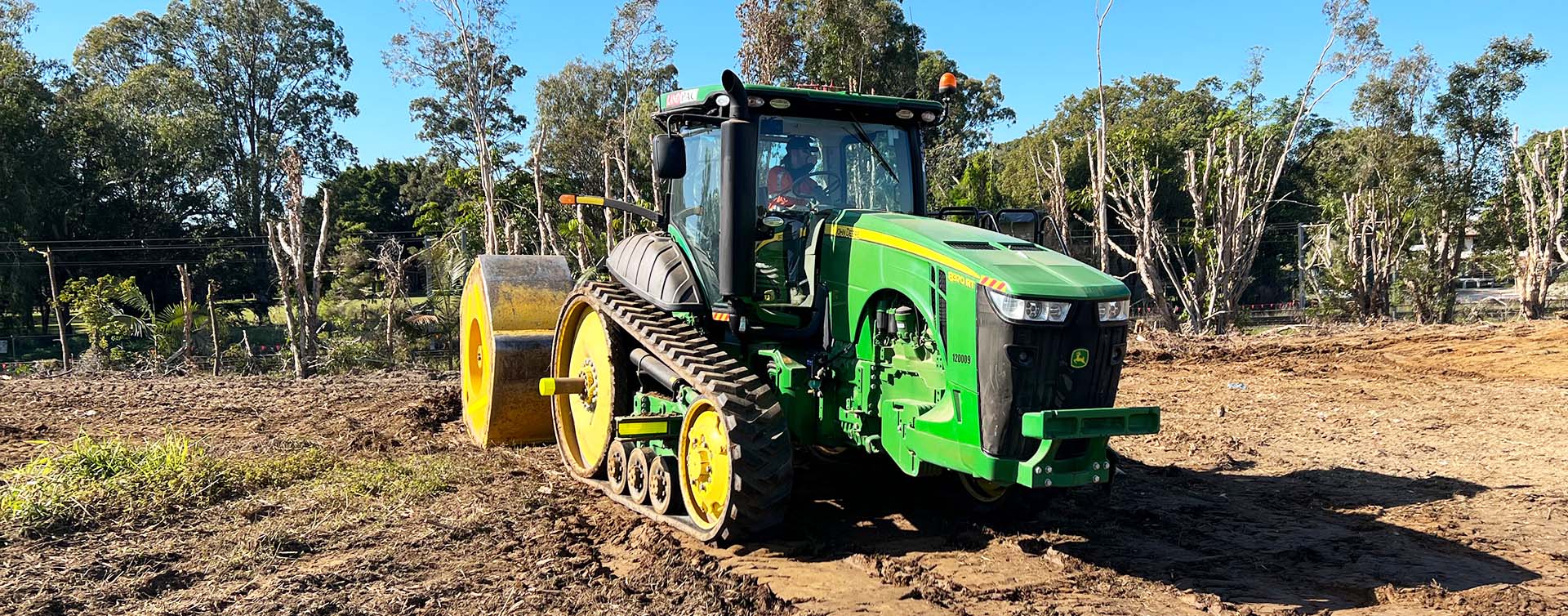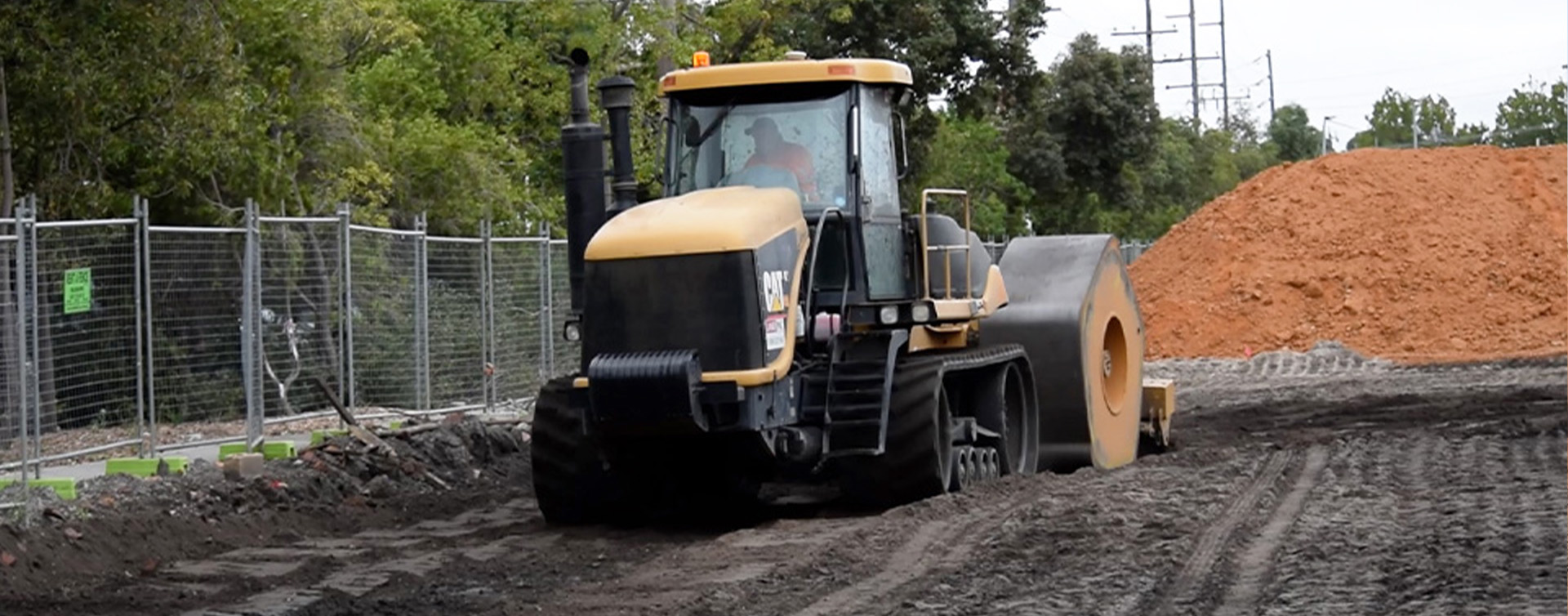HEIC for Liquefaction Mitigation
Strengthening Soils Against Liquefaction
Liquefaction is a phenomenon that can occur in saturated soils during seismic events, causing significant damage to structures and infrastructure. Mitigating liquefaction risks is crucial to ensure the stability and safety of construction projects in seismically active areas. High Energy Impact Compaction (HEIC) offers effective measures for liquefaction mitigation by improving the soil’s resistance to liquefaction-induced deformation.

Understanding Liquefaction and Its Risks
Liquefaction refers to the loss of shear strength and stiffness in saturated soils, resulting in a temporary transformation from a solid to a liquid-like state. This phenomenon occurs when the pore water pressure in the soil increases rapidly during seismic shaking, causing the soil particles to lose contact and lose their ability to bear loads effectively. Liquefaction can lead to ground settlement, slope failure, and damage to structures and foundations.
The Role of High Energy Impact Compaction in Liquefaction Mitigation
High Energy Impact Compaction (HEIC) is a pivotal technique in mitigating the risks associated with soil liquefaction, a phenomenon that can severely compromise soil stability during seismic events. By employing HEIC, significant improvements in soil stability are achieved, making it less susceptible to deformation due to liquefaction. The key benefits of using HEIC for this purpose include several crucial aspects.
Firstly, HEIC is instrumental in increasing the density and compaction of the soil. This process effectively reduces pore spaces and enhances particle interlock within the soil matrix. The resultant densification of the soil significantly increases its shear strength and stiffness, thereby making it less prone to the effects of liquefaction during seismic activities. This enhanced soil stability is essential in areas prone to earthquakes.
Another critical advantage of HEIC in combating liquefaction is the increase in effective stress within the soil. The high compaction energy applied by HEIC increases this stress, which is vital in counteracting the excess pore water pressure that typically builds up during seismic shaking. This increased effective stress plays a crucial role in mitigating the potential for soil liquefaction, which is a common concern in geotechnical engineering for seismic-prone areas.
HEIC also contributes to improved drainage characteristics of the soil. By reducing void spaces and promoting better water flow through the soil, HEIC facilitates effective drainage. This is especially important as it helps in the dissipation of excess pore water pressure, a critical factor in the prevention of liquefaction. Effective drainage is a key component in maintaining soil stability and integrity under seismic stress.
Lastly, the uniformity and consistency achieved through HEIC are significant in ensuring the overall stability of the treated soil. This uniform compaction eliminates variations within the soil, which can lead to differential settlement and localised areas of higher liquefaction susceptibility. By ensuring a consistent and uniform soil structure, HEIC reduces the risk of localised failures, thereby enhancing the soil’s ability to withstand seismic forces. This uniformity is paramount in areas where soil integrity is crucial for the safety and stability of structures.
Applications of High Energy Impact Compaction for Liquefaction Mitigation
HEIC for liquefaction mitigation is particularly relevant in areas prone to seismic activity and where liquefaction risks are high. It can be applied to various projects, including:
Building Foundations: HEIC can be utilised to improve the soil beneath building foundations, ensuring their stability during seismic events and reducing the potential for settlement or tilting.
Infrastructure Projects: HEIC is beneficial for liquefaction mitigation in infrastructure projects such as bridges, highways, and pipelines. By treating the underlying soils, it enhances the structural integrity and resilience of these critical assets.
Reclamation and Development: HEIC is valuable for mitigating liquefaction risks in reclamation and land development projects. By stabilising the underlying soils, it allows for safe and secure construction on reclaimed or soft ground.
Considerations for HEIC in Liquefaction Mitigation
Seismic Design Criteria: The design criteria for liquefaction mitigation should be established based on local seismic conditions and regulatory requirements. Adequate evaluation of the seismic hazard and design parameters is essential for determining the appropriate use of HEIC.
Site Investigation: Thorough site investigation and geotechnical analysis are crucial to assess the soil conditions, liquefaction potential, and other relevant factors. This information guides the design and implementation of HEIC for effective liquefaction mitigation.
Engineering Design: Proper engineering design, including the determination of suitable compaction parameters and energy levels, is essential for successfulimplementation of HEIC for liquefaction mitigation. The design should consider the specific soil properties, project requirements, and desired performance goals.
Quality Control and Monitoring: Effective quality control measures, including field testing and monitoring, should be implemented during the HEIC process to ensure the desired compaction results are achieved. Regular monitoring and documentation help verify the effectiveness of the treatment and ensure compliance with project specifications.
Landpac's High Energy Impact Compaction Approach for Liquefaction Mitigation
By utilising High Energy Impact Compaction (HEIC) techniques for liquefaction mitigation, Landpac demonstrates a commitment to enhancing soil stability and reducing the risks associated with seismic events. Our expertise in assessing site-specific conditions, designing appropriate compaction strategies, and implementing quality control measures ensures effective liquefaction mitigation and the long-term stability of construction projects.
Latest news

Ground Improvement Solutions
Ground improvement is a fundamental aspect of civil and geotechnical engineering, crucial for ensuring the stability and integrity of construction projects such as roads, buildings, bridges, or residential areas.

Reviving Land with Purpose and Precision
Land rehabilitation represents a critical environmental endeavor, aiming to restore the natural state of land after the ravages of mining or other forms of degradation.

Deleterious Material Sites with HEIC
One primary concern with deleterious materials is their containment. HEIC plays a pivotal role here, compacting the soil to form a denser barrier.
